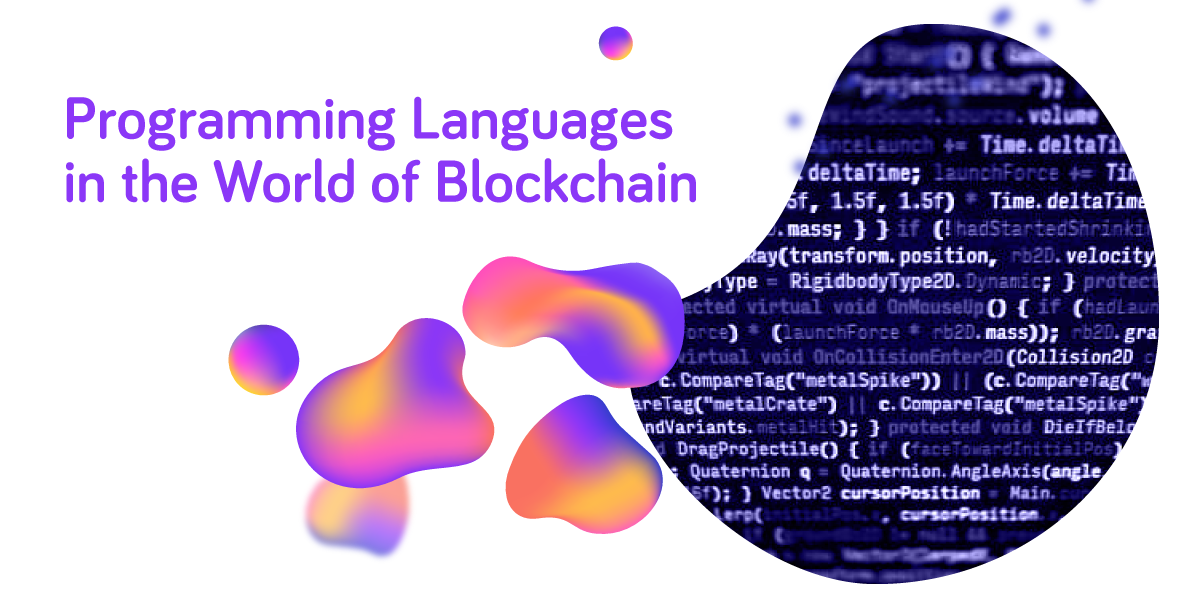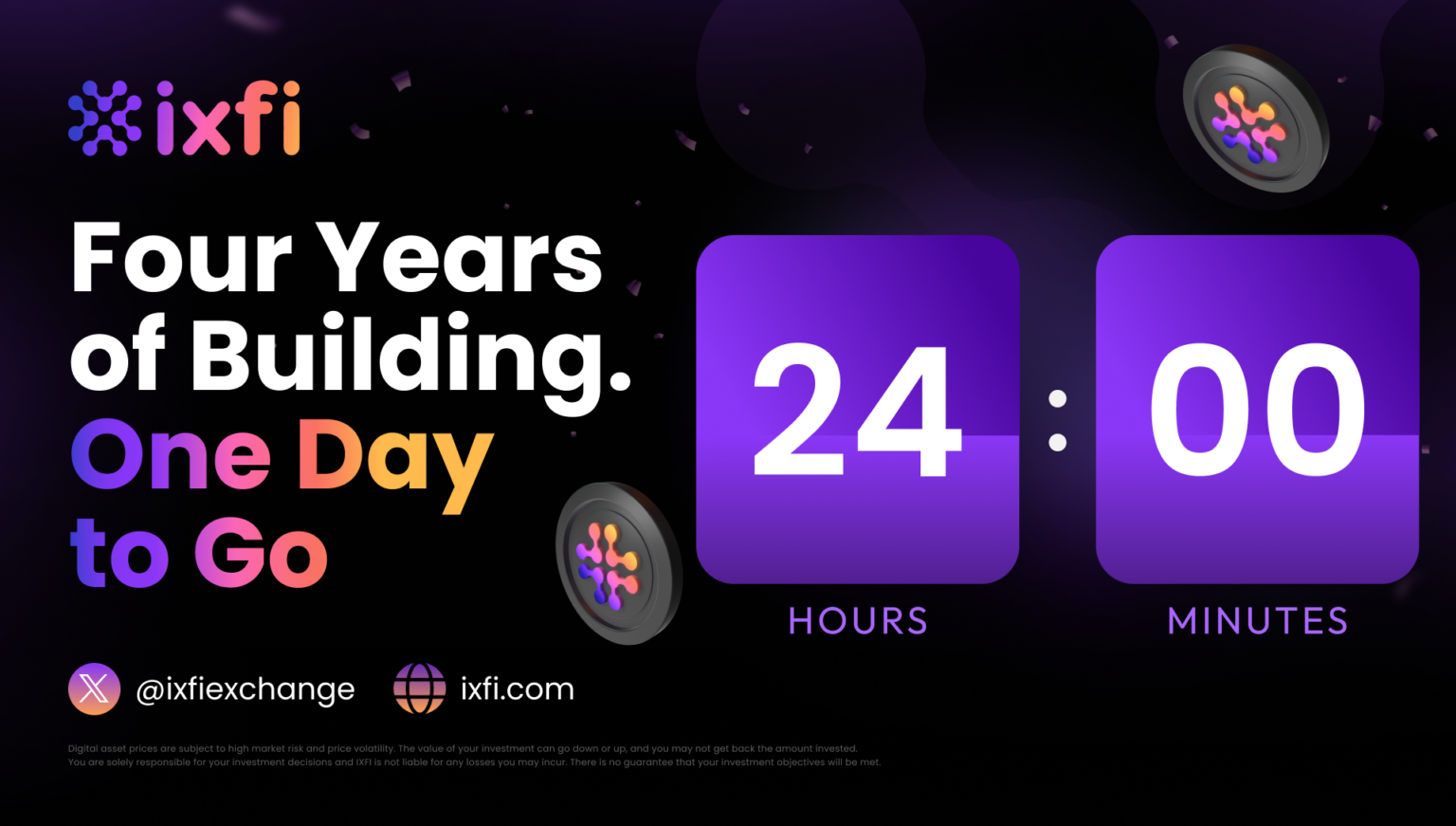As more services upgrade to advanced digital technologies, programmers are needed to write and understand different code types and programming languages that are more requested in the labor market.
For example, a programming language is used to write computer applications that instruct the machine to make calculus and organize the control flow between external devices — such as printers, robots, or peripherals. Programming languages allow us to teach a computer in a language it understands.
There are plenty of programming languages, just like plenty of spoken languages in the real world. The programming part that computers understand is called binary, and the translation process from a programming language to binary is called compilation. Each programming language, from C to Python, has its own characteristics.
Some examples of programming languages
Instructions can be directly executed when sorted in a numerical form, specific to the computer’s manufacturer. It’s called machine language and includes the process of replacing and changing required to obtain the final form of the program that’s understood by the computer.
Even if there are many programming languages globally, the ones constantly used on a larger scale are few, and you’ve probably heard of them already. Front-end developers use a variety of languages, such as HTML, CSS, or JavaScript, to create website prototypes and project functions. Back-end developers use SQL, Java, or Python for websites where users log in, like Facebook or other social media platforms. In this case, code lines connect the website to user databases.
What are programming languages used for, more precisely?
It depends greatly on the programming language type because they have different functions. For example, developers use Python, C, or Swift to create mobile applications, tie websites to user databases, and analyze data. For processing, database engineering, or website support, programmers also use Scala or SQL, especially for database management. On the other hand, HTML creates website structures such as paragraphs, links, or tables.
Programming languages in the world of Blockchain
Blockchain Technology is the fundamental reason for cryptocurrencies that have swept the modern financial world in the last couple of years. It became a powerful industry worth billions of dollars that allows users to trade safely, securely, and in a decentralized way. As a result, Blockchain adoption is high in the FinTech sector. According to Statista, the banking segment had the most significant spending on Blockchain development in 2020, with a 30% market share.
Unlike a centralized database, where all the information is stored in the same place, the Blockchain is public and decentralized, thanks to blocks that keep data and information in multiple locations. The stored information includes transaction data, like timestamps or the amount sent at the time.
Programming languages have a special meaning in cryptocurrencies and Blockchain because they offer safety and represent the basis of Smart Contracts, mining, transaction validation and their inclusion in databases.
For example, Solidity is a programming language created for Smart Contracts, tracing its roots back to C++, Python, and Javascript, basically using the same structure. Being the first programming language specially designed for Smart Contracts, it was used to build many decentralized applications. Also, Solidity is the primary programming language used in Ethereum’s network, designed to sustain and manage multiple system complexities simultaneously. Solidity automatically updates contracts, investments, open and past trades, allowing traders to benefit without wasting time.
Rust is among the most popular programming languages in the crypto world, even if it’s not as common as others. Rust is a low-level static type of programming language, fast and very efficient because it has no trash collector — meaning there are no surprises caused by the code when the application runs. Solana is among the Blockchains built using Rust, making it one of the fastest.
Of course, we can expect more programming languages to show up because crypto and the Blockchain are still developing spaces.
If you want to start your journey as a crypto trader, Your Friendly Crypto Exchange is here to meet, and exceed, your expectations. Register on IXFI and enjoy a truly seamless experience.
Disclaimer: The content of this article is not investment advice and does not constitute an offer or solicitation to offer or recommendation of any investment product. It is for general purposes only and does not take into account your individual needs, investment objectives and specific financial and fiscal circumstances.
Although the material contained in this article was prepared based on information from public and private sources that IXFI believes to be reliable, no representation, warranty or undertaking, stated or implied, is given as to the accuracy of the information contained herein, and IXFI expressly disclaims any liability for the accuracy and completeness of the information contained in this article.
Investment involves risk; any ideas or strategies discussed herein should therefore not be undertaken by any individual without prior consultation with a financial professional for the purpose of assessing whether the ideas or strategies that are discussed are suitable to you based on your own personal financial and fiscal objectives, needs and risk tolerance. IXFI expressly disclaims any liability or loss incurred by any person who acts on the information, ideas or strategies discussed herein.



